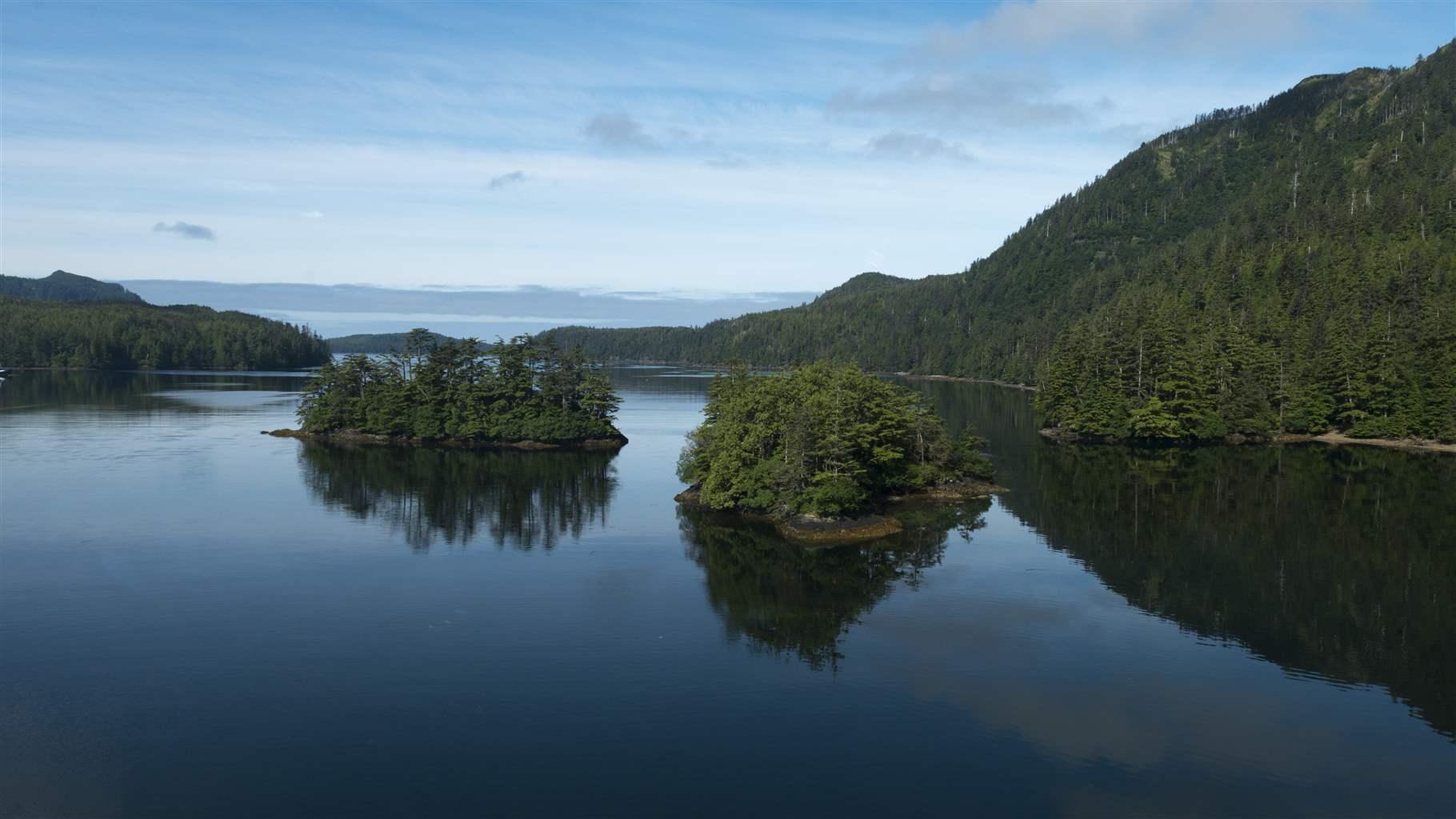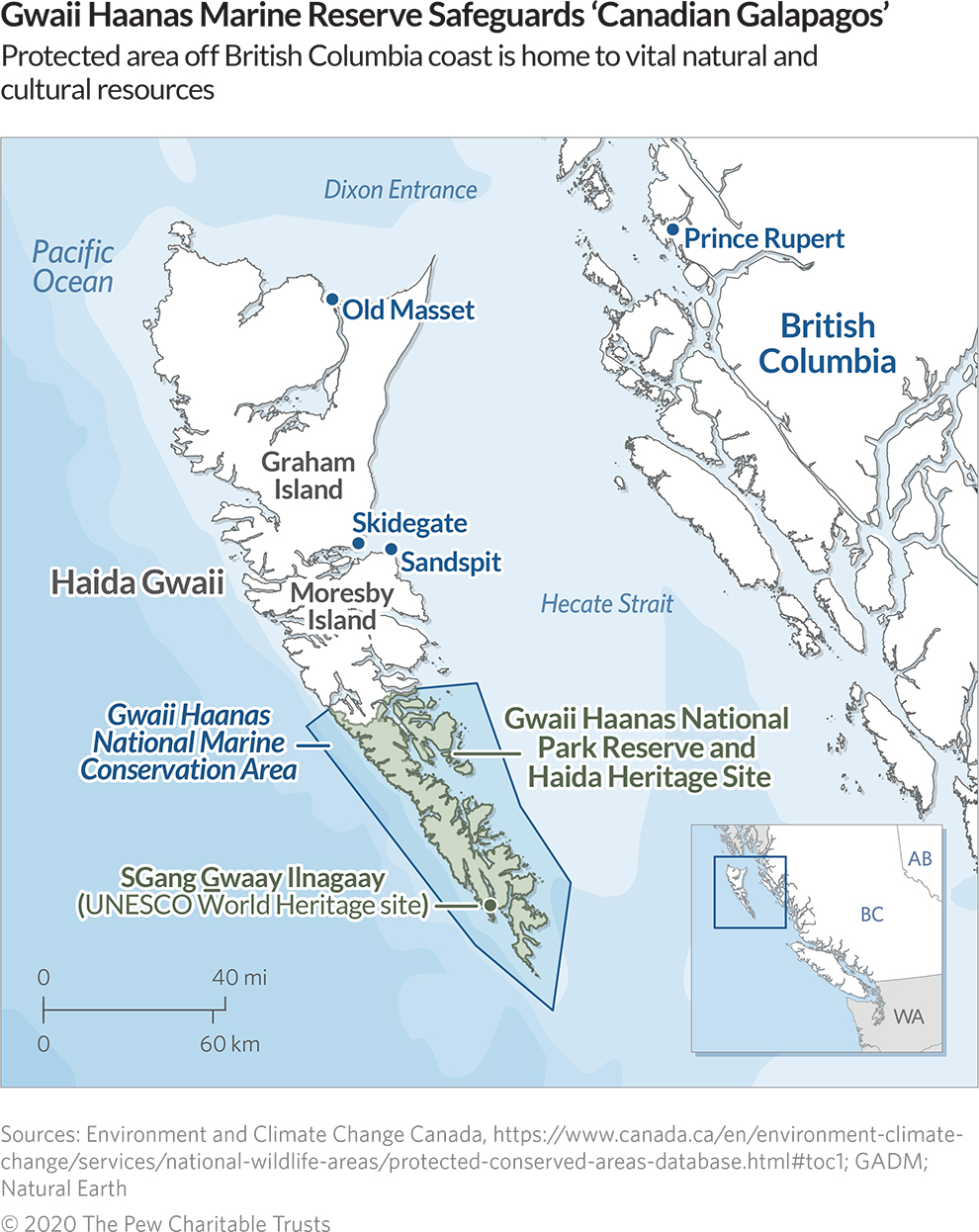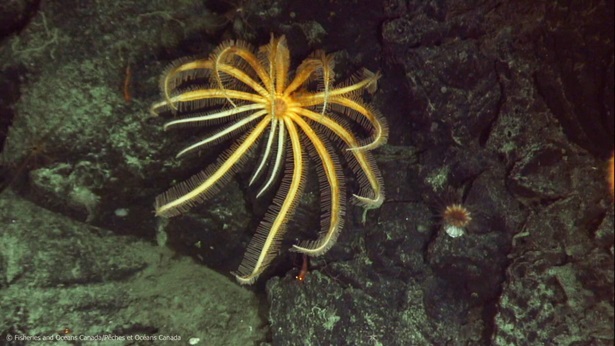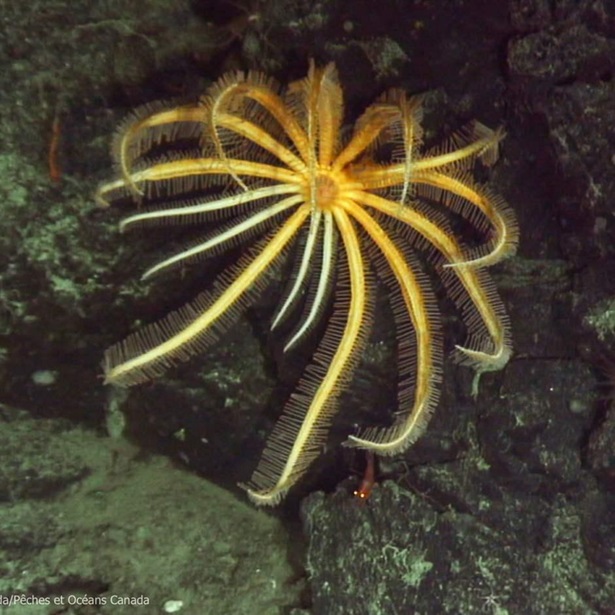Holistic—and Historic—Partnership Protects 'Canadian Galapagos' Off British Columbia
Map shows where innovative plan safeguards rich biodiversity, culture of Haida Gwaii

Known as the Canadian Galapagos for its unparalleled biodiversity, Haida Gwaii—an archipelago of more than 200 islands off the northern coast of British Columbia—is the ancestral home to the Haida Nation, coastal rainforests, old-growth stands of cedar, and a UNESCO World Heritage site that symbolizes the importance of the Haida people and their deep-rooted relationship to the land and waters of this region. The rich biodiversity and cultural history owe much to the combination of a temperate climate and upwellings of nutrient-rich waters when the warmer northern Pacific currents from Japan reach North America. Signed in 2018, an innovative Land-Sea-People management plan between the Haida Nation and the Canadian and provincial governments provides a blueprint for the integration of the Gwaii Haanas National Marine Conservation Area Reserve into one managed system from the seafloor to the mountaintops. The plan is based on Haida principles of yahguudang (respect), ‘laa guu ga kanhllns (responsibility), and giid tll’juus (balance). The future management of the conservation area involves Haida as equal partners and commits to protecting and managing marine fisheries to the highest standards in order to safeguard the natural heritage of Gwaii Haanas for future generations.
Peter Baker directs The Pew Charitable Trusts’ work to conserve marine life in Canada and the U.S.










